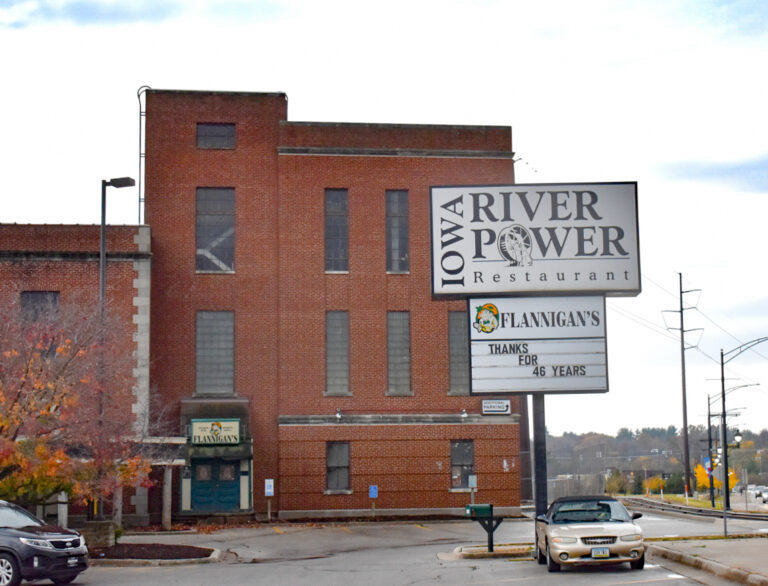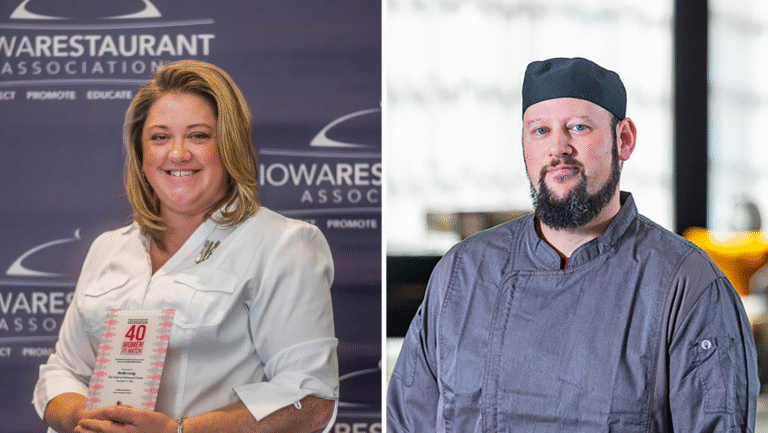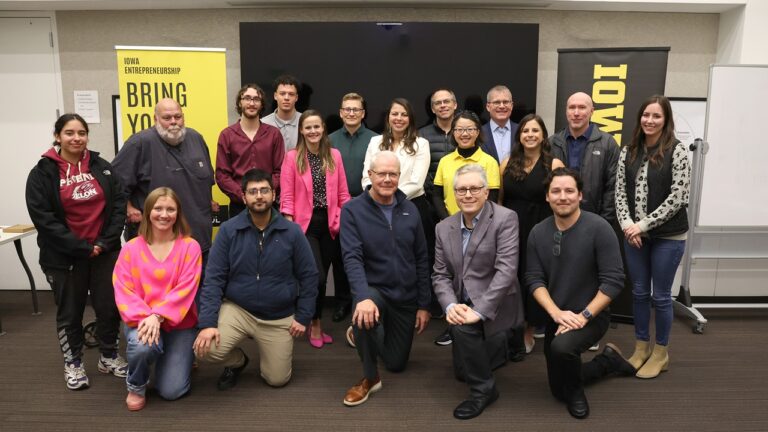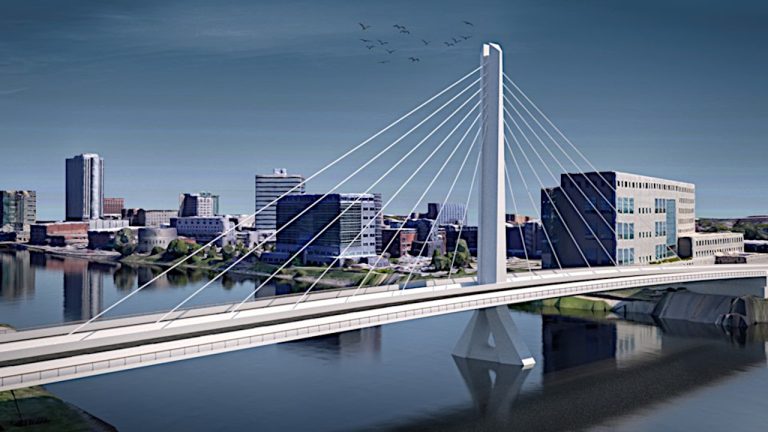Regionalism holds key to economic development, Corridor leaders say

Aspen and John Lohman accept a celebratory trophy at the CBJ's Future of the Corridor event, July 26, 2024. The event celebrated the CBJ's 20th anniversary and featured talks on the region's future. CREDIT ALEXANDRA OLSEN
On July 25 local business leaders gathered at the Hotel at Kirkwood for the Corridor Business Journal’s (CBJ) Future of the Corridor event, to celebrate the publication’s 20th anniversary and to hear experts discuss the future of regionalism.
When John and Aspen Lohman started the CBJ 20 years ago, there were no business publications dedicated to the Cedar Rapids area, so they looked to Des Moines’ Business Record for inspiration.
…

Want to Read More?
Get immediate, unlimited access to all subscriber content and much more.
Learn more in our subscriber FAQ.
Do you want to read and share this article without a paywall?








